
Transformers linking the supergrid with lower voltage networks go up to 270MVA, not hugely different from the ratings back in the 1950s as those old networks don’t have vastly different capacities. Transformers linking parts of the supergrid are now up to 1250MVA ! [25/36] 
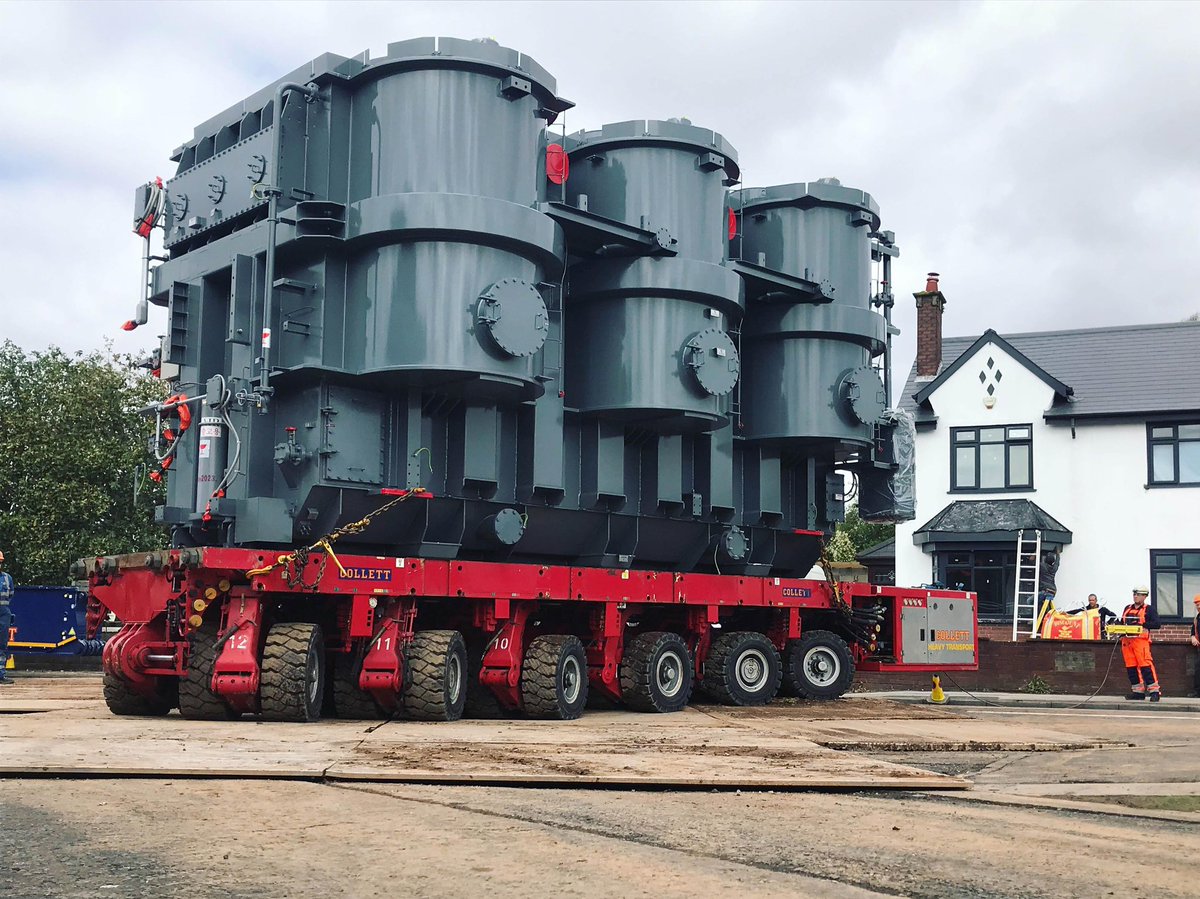
The early 275 switchgear needed to break 7500MVA (half its subsequent rating) and the only suitable technologies in those days were airblast (still in its infancy) or oil. I covered OCBs recently but 275kV OCBs are pretty bloody special. Served us damn well over 70 years [26/36] 


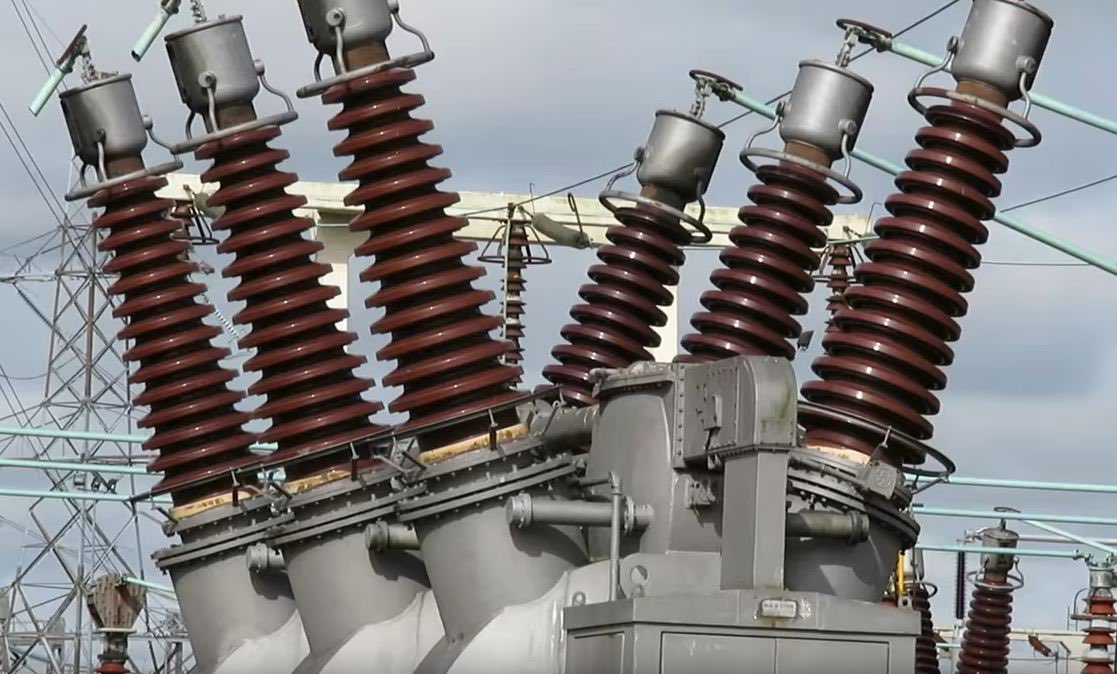
The switch yard at Castle Donington shown here in 1956 was one of the largest in Britain at the time & amongst the first to be equipped with 275kV switchgear. The circuit-breakers were so expensive that many early supergrid stations merely used tee-off disconnectors only [27/36] 
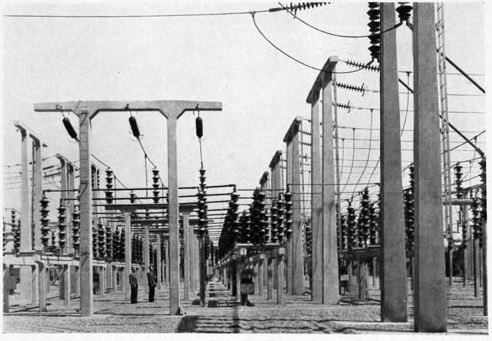
The cost and complexity of fully rated circuit-breakers led to the popularity of mesh type station configurations at 275. Major load centres were double busbar but where possible mesh topology was exploited- particularly on the inner London ring from 1963 onwards [28/36]
This 1969 map shows the extent of the SUPERGRID, the great majority of which operated at 275kV, the first 400kV circuit coming in 1965 between West Burton (Notts) and Sundon (Beds). It’s still in use today 🥰 [29/36] 

275 is very much alive. You’ll find loads of it in London, Birmingham, Sheffield, South Wales, Merseyside and the North East. It’s our electrical heritage! We treat it as a supergrid system which happens to operate at a lower voltage for historical legacy reasons 🥰 [30/36] 

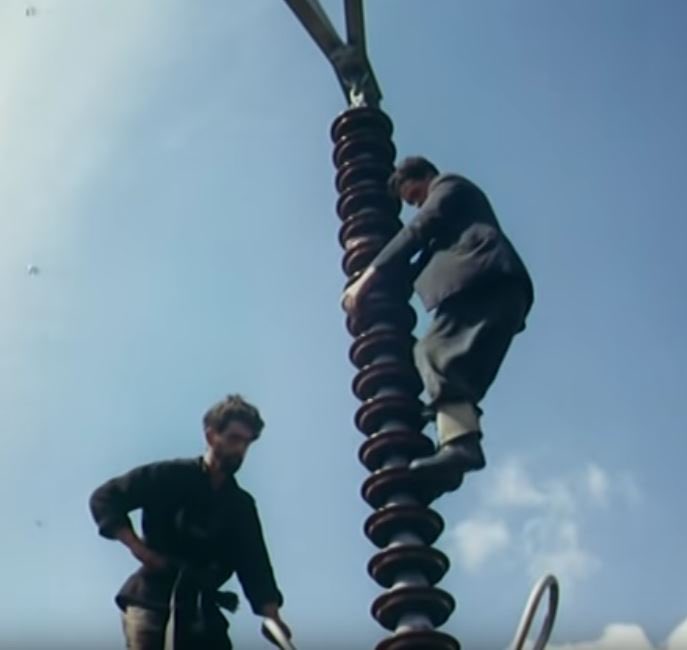
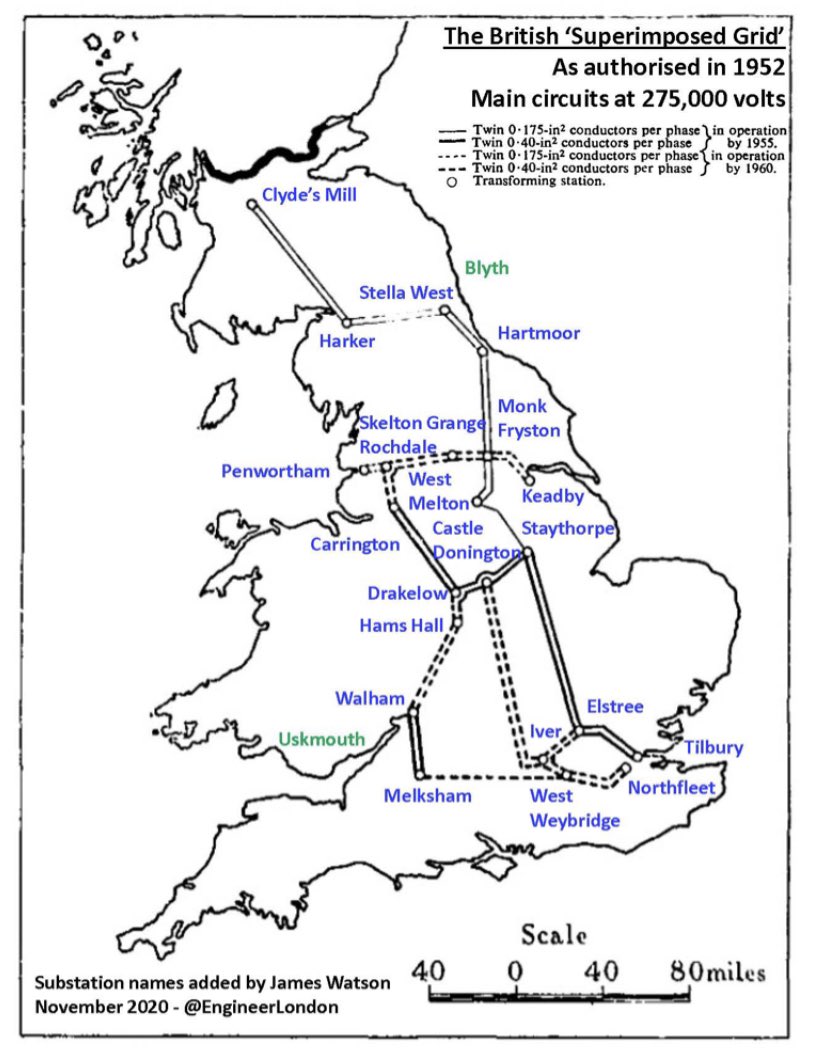
Did the SUPERGRID deliver that capacity Britain needed? Did it enable the growth in electricity use and allow the connection of our communities with remote and reliable energy sources? You betcha. Think of it as electrical motorways with the old 132 being the A roads [31/36] 







These days we buy 275kV kit rated at 300kV, 3150A with CBs which can break 40kA ⚡️ Where justifiable we’ll use 420kV gear to future-proof the system. The bigger machines of the 50s drove concerns over system stability on fault. This continued with the 400kV network... [32/36] 



In fact it’s only in the last few years as we have shut down these large power stations and moved to smaller energy sources that our focus has shifted. We still worry about stability ofc but it’s less about bending a machine and more about fault ride-through performance [33/36] 

Our power systems have to be far more flexible and adaptable than those initial SUPERGRID arterial circuits, who’s role was to shift power from a few dozen very large stations to all parts of the country were it was needed. We have more distributed generation these days [34/36] 



Some have even argued we don’t need a TRANSMISSION system but instead numerous autonomous smart grids. But as long as we keep needing to move lots of power around in different directions, safely, a well designed transmission system will be pivotal in achieving #NetZero [35/36] 






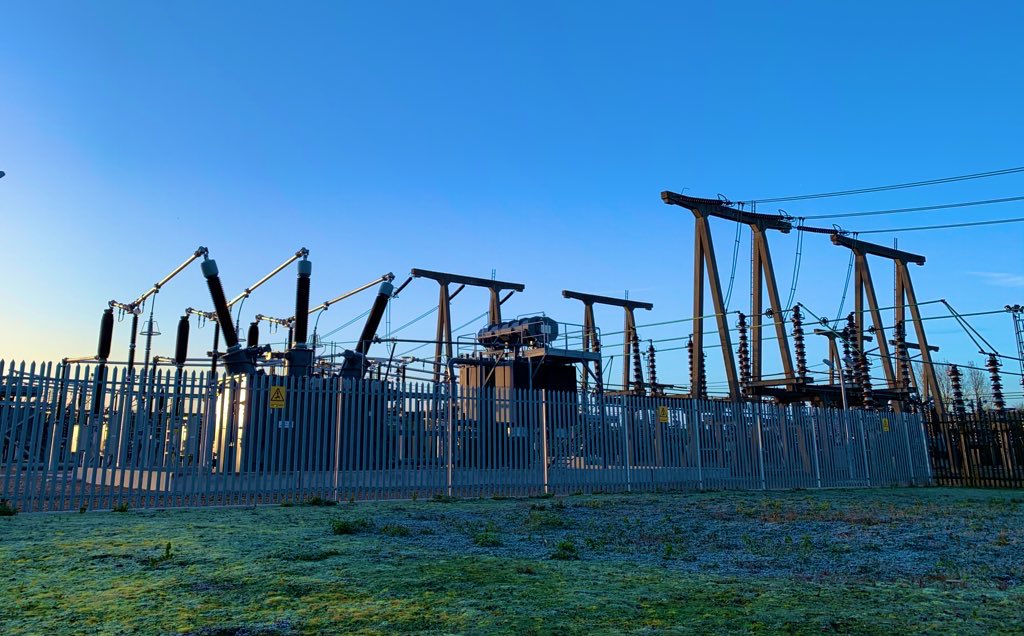
In London we’ve virtually zero power stations of any size. We turn them into luxury flats etc. The 275 and 400kV system is vast and handles 5GW on a given day. Those original substations are still alive and still being lovingly cared for 🥰 #BirthOfTheSupergrid [36/36] 

• • •
Missing some Tweet in this thread? You can try to
force a refresh





